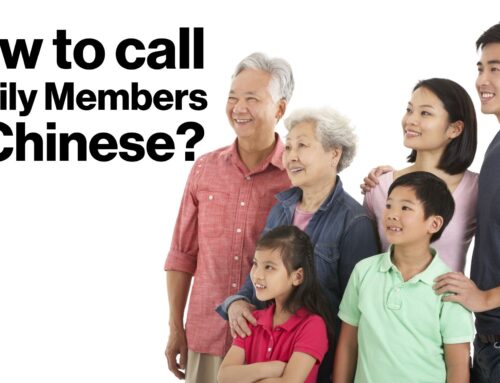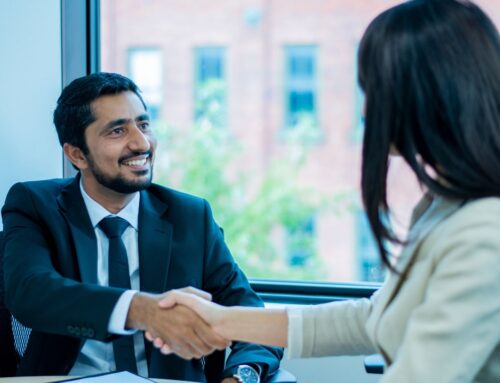Top 20 Questions about Chinese language
Here are the answers to all your questions about Mandarin Chinese language
Chinese is the only modern language that doesn’t have an alphabet. The writing system is “logosyllabic”, meaning each character represents a syllable of spoken Chinese and can be a word by itself or combined with other characters to create another word
Mandarin is the most common language used in the northern, central, and southwestern provinces of China. is also spoken in Taiwan, where it is referred to as Chinese rather than “Putonghua.” Often, Mandarin is used in local TV and radio media.
Chinese is part of the Sino-Tibetan language family, a group of languages that all descend from Proto-Sino-Tibetan. The relationship between Chinese and other Sino-Tibetan languages is an area of active research and controversy, as is the attempt to reconstruct Proto-Sino-Tibetan.
The official dialect of China is Mandarin, also called “Putonghua”. More than 70% of the Chinese population speaks Mandarin, but there are also several other major dialects in use in China: Yue (Cantonese), Xiang (Hunanese), Min dialect, Gan dialect, Wu dialect, and Kejia or Hakka dialect.
Chinese is a logosyllabic kind of language, it doesn’t have alphabets it has characters meaning each character represents a syllable of spoken Chinese and can be a word by itself or combined with other characters to create another word.
The official dialect of China is Mandarin, also call “Putonghua”. More than 70% of the Chinese population speaks Mandarin, but there are also several other major dialects in use in China: Yue (Cantonese), Xiang (Hunanese)
Mandarin is a dialect of Chinese. Chinese is a language (Mandarin is one of the dialects of Chinese alongside Shanghainese, Cantonese, and many more). With English in England, you have several dialects – Cockney, Scouse, Geordie, etc
The official dialect of China is Mandarin, also call “Putonghua”. More than 70% of the Chinese population speaks Mandarin, but there are also several other major dialects in use in China: Yue (Cantonese), Xiang (Hunanese), Min dialect, Gan dialect, Wu dialect, and Kejia or Hakka dialect.
Chinese is now considered an important language worldwide because of its increase in presence in the business world. Chinese are involved in many businesses throughout the world including Hollywood. So, if you want to increase opportunities in the business world, you must learn Chinese as a second language.
When it comes to the issue of grammatical complexity, Chinese is one of the easiest languages there is to learn. Unlike most European languages, it does not feature complicated constructs like cases and genders. It also treats tenses in a very simplistic way.
It may be obvious to some, less to others, but the Chinese writing system is not based on an alphabet. An alphabet consists of a small number of letters. Letters represent sounds. They spell out how the words should be pronounced.
Archaic
Proto-Sinitic (or Proto-Chinese) is known as Reconstructed prehistoric Chinese . The oldest historic language of China is called Archaic, or Old, Chinese (8th–3rd centuries BCE), and that to the next period up to and including the Tang dynasty (618–907 CE) is known as Ancient, or Middle, Chinese.
What may surprise people is that Cantonese is older than Mandarin. Cantonese is approximately 2000 years old and belongs to the Yue family of Chinese languages (粵語) spoken in southeast China. The term Cantonese comes from Guangzhou, aka Canton, the capital of the Guangdong province in China
Chinese characters, also called hanzi (traditional Chinese: 漢字; simplified Chinese: 汉字; pinyin: hànzì; lit. ‘Han characters’ are logograms developed for the writing of Chinese.
The Chinese language (at the risk of stating the obvious) is very complex, but a simple way to identify Chinese characters is that they are square and not curvy. Japanese characters look rounder and curvier. Visually, both Japanese and Korean are also more open and spacious than Chinese, which is denser
There are six different kinds of Chinese characters, known as 六书 (liù shū). However, there are three main categories: pictographs, ideographs, and determinative-phonetics.
The first written records appeared over 3,000 years ago during the Shang dynasty. As the language evolved over this period, the various local varieties became mutually unintelligible.
One of many different greetings used by Chinese speakers is “Nĭhao”, however. In most cases, it’s not even the most common! Read on to discover some of the many different ways to say “hi” in Chinese




